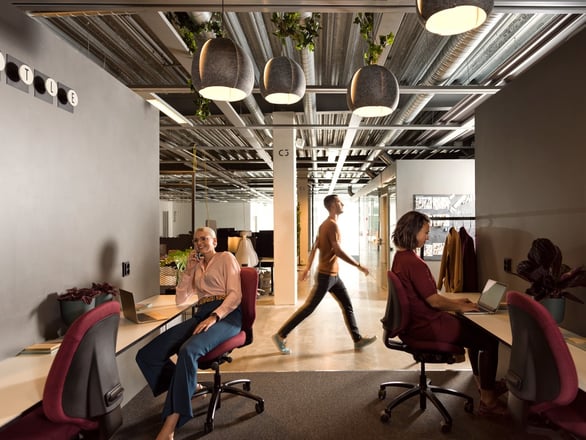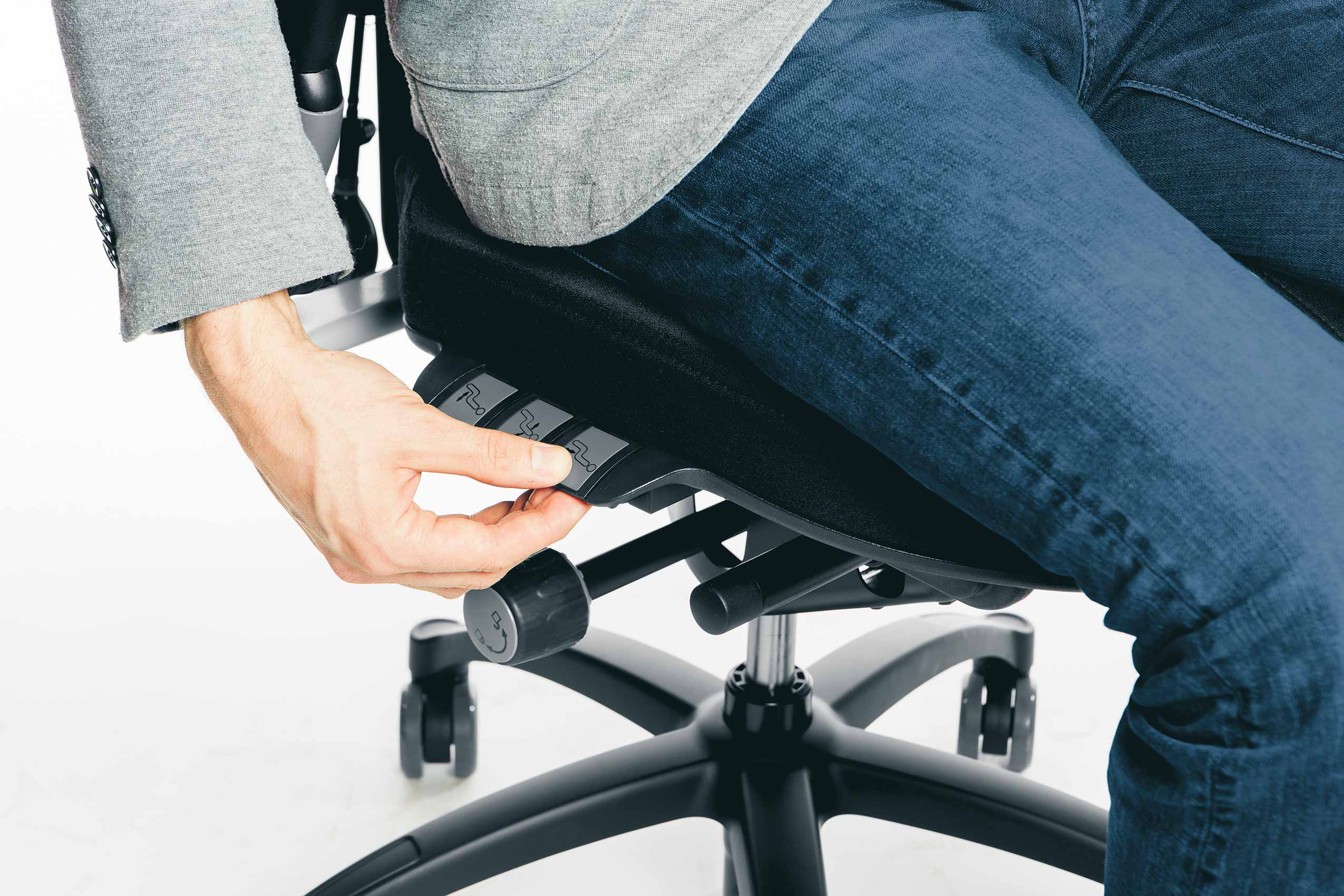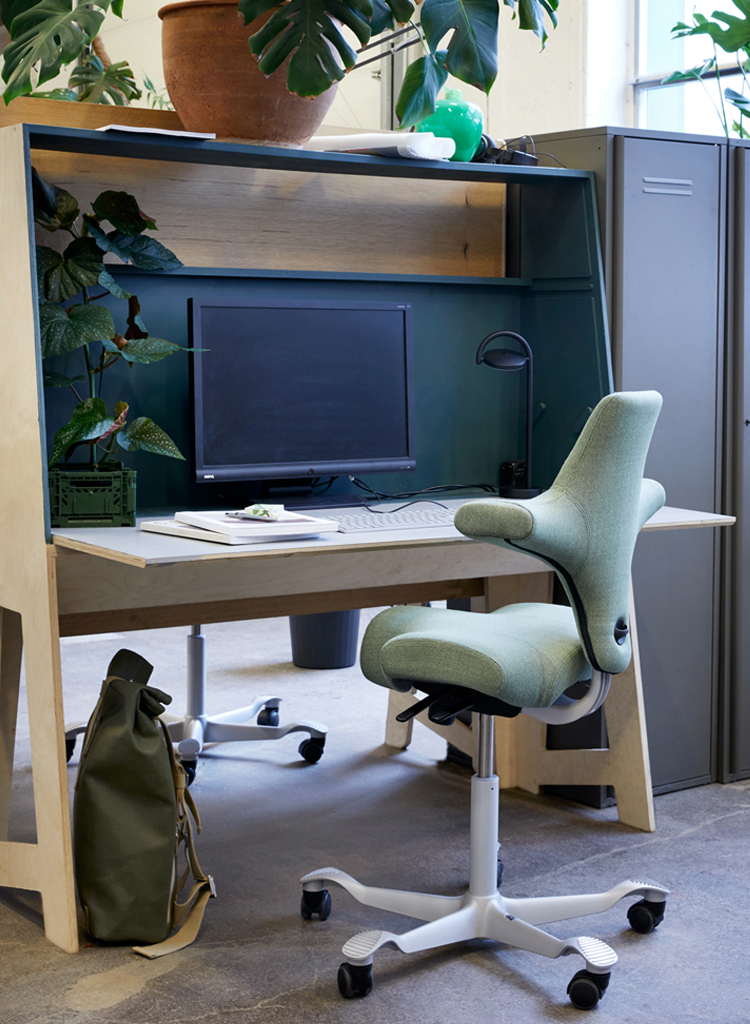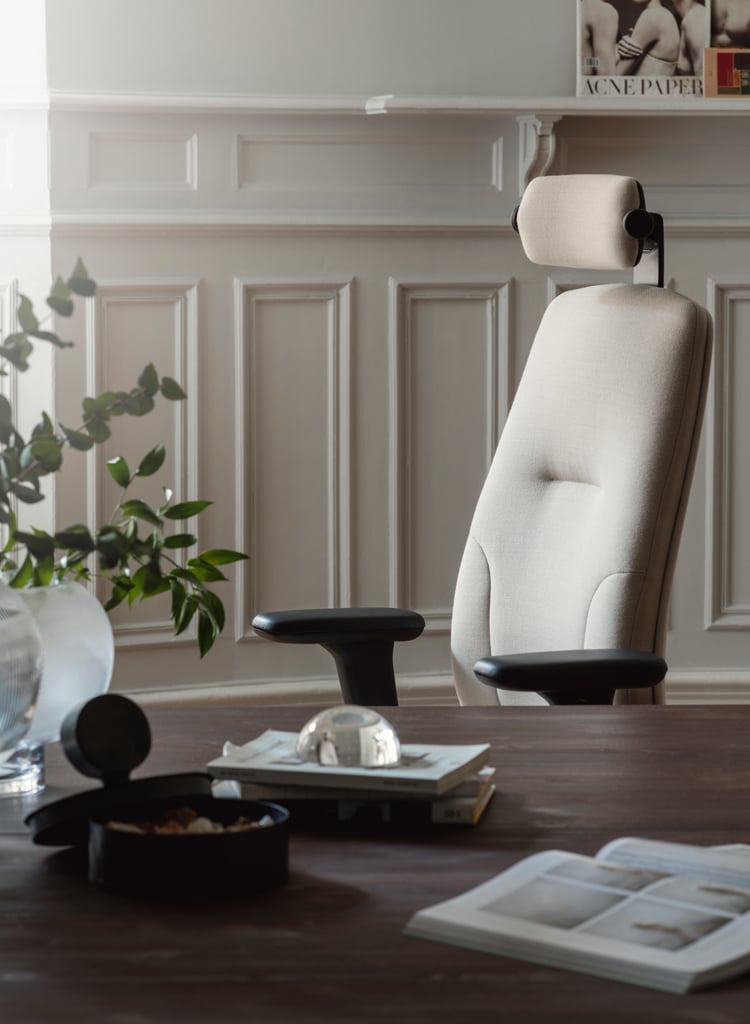How sitting can cause lower back pain
Sitting in itself isn’t bad. Until you start sitting a lot. That’s unfortunately what most of us do today, and the number of desk jobs is only increasing. According to a recent study of European participants, 18,5 % of people above 18 years old sit for more than 7.5 hours a day.
Sitting, especially in working positions, gives a static posture that increases stress in the back, shoulders, arms, back of neck and legs. The back muscles and spinal discs often receive a large amount of pressure. A lot of people in sitting positions at work don’t have an optimal chair to support them, which will make this pressure even worse.
Benefits of ergonomics in the workplace - what does the research say?
With a bad chair and not enough knowledge about how to sit correctly, people tend to end up in some really unfortunate positions, where they are either bending the body forward in a banana shape or slouching down the chair. This can overstretch the spinal ligaments and strain the discs and surrounding structures in the spine. If this happens over a longer period of time, it can damage spinal structures and give you back pain.
And even if you are fortunate enough not to suffer from back pains, a suitable chair is a wise investment to help prevent future problems - A three-month study that examined back problems of sedentary and active workers found that desk workers were at a higher risk.
What makes the perfect gaming chair?
Optimal support and features
To avoid developing back problems it’s important to have an office chair that supports the lower back and helps you to keep a good posture. An ergonomic chair will also prevent you from getting different kinds of musculoskeletal injuries.
What you need is (here come the technical points):
1. Supportive and adjustable backrest
An optimal backrest should have a shape that supports the natural curve of the spine, especially in the lumbar region. The lumbar support is crucial for preventing back pain and will take away some of the pressure on your lumbar spine.
The backrest should be adjustable in height and depth, and you should be able to tilt it backwards and forward. The depth has to be enough for you to be able to get good lumbar support while leaving 2-4 inches between the back of the knees and the chair seat.
Low and narrow backrests are good if you have work tasks that require upper-body mobility. This way your arms have enough space to move as they need. Tall and wider backrests are good for reclining, and then they should reach your upper back or neck. But, make sure you still get good lumbar support. There should also be a locking mechanism that secures the backrest from going further back than the user wants it to go.
2. Adjustable seat height
The seat height should allow you to sit with your feet flat on the floor and your thighs should be horizontal. Your arms should get an even 90-degree angle with the desk. If this is an investment for your colleagues at work, make sure that the seat height is adjustable enough to fit shorter people as well, or that you buy some footrests to help them sit comfortably.
3. Seat tilting possibilities
The forward or backward tilt of the seat should be adjustable, to be able to support you through different kinds of tasks.
Other ways to get rid of that pain
When you spend a large part of your day sitting, getting the right chair is a crucial element to get right. With the above information, you should have the tools to start looking for the chair for you, but it doesn't stop there.
To effectively combat lasting back pain, you need a holistic approach, changing not only your furniture but your daily habits too, from posture to lifestyle.
Read more - Desk exercises - Keeping active when working
Are you looking for a new chair to solve your back pain problems?
Visit our website to see the range of products available from all the brands of Flokk, or alternatively, you can download our look book for more inspiration.





